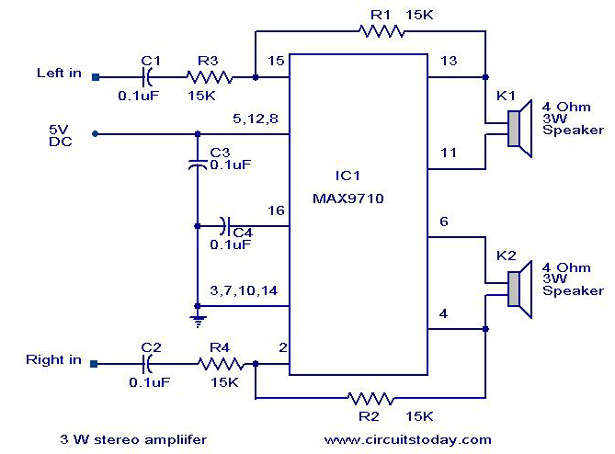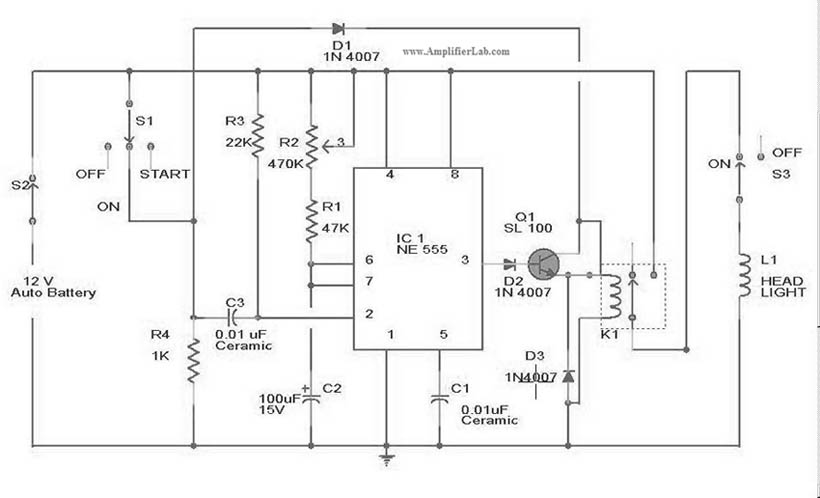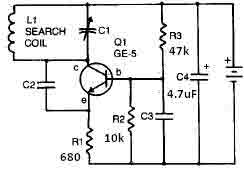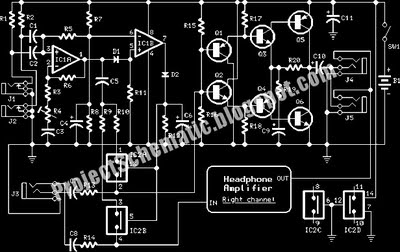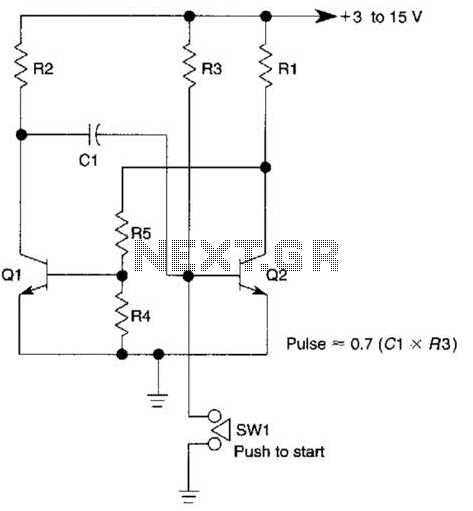
With the Ability to trigger a megger thyristor circuit
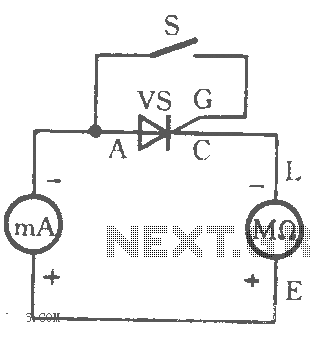
The table illustrates the capability to trigger the thyristor circuit diagram.
The thyristor circuit diagram serves as a fundamental component in various electronic applications, particularly in power control and switching. A thyristor is a four-layer semiconductor device that functions as a switch, allowing current to flow only when it is triggered by a gate signal.
In the circuit diagram, the configuration typically includes the thyristor connected in series with a load and a power source. The gate terminal is connected to a triggering circuit, which can be a simple resistor-capacitor (RC) network or a more complex microcontroller output. The triggering mechanism is crucial as it dictates the timing and duration for which the thyristor conducts.
When the gate receives a sufficient voltage, the thyristor enters its conductive state, allowing current to flow through the load until the current drops below a certain threshold, at which point the thyristor turns off. This characteristic makes thyristors suitable for applications such as light dimmers, motor speed controls, and overvoltage protection systems.
The triggering table referenced in the description likely contains critical parameters such as gate voltage, trigger current, and the corresponding load conditions necessary for reliable operation. Understanding these parameters is essential for designing effective thyristor-based circuits, ensuring they operate within specified limits to prevent failure or damage to the components involved.
In summary, the thyristor circuit diagram and its triggering capabilities are integral to the effective control of electrical power in various applications, providing both efficiency and reliability when properly implemented.As shown by the table to check the ability to trigger the thyristor circuit diagram:
The thyristor circuit diagram serves as a fundamental component in various electronic applications, particularly in power control and switching. A thyristor is a four-layer semiconductor device that functions as a switch, allowing current to flow only when it is triggered by a gate signal.
In the circuit diagram, the configuration typically includes the thyristor connected in series with a load and a power source. The gate terminal is connected to a triggering circuit, which can be a simple resistor-capacitor (RC) network or a more complex microcontroller output. The triggering mechanism is crucial as it dictates the timing and duration for which the thyristor conducts.
When the gate receives a sufficient voltage, the thyristor enters its conductive state, allowing current to flow through the load until the current drops below a certain threshold, at which point the thyristor turns off. This characteristic makes thyristors suitable for applications such as light dimmers, motor speed controls, and overvoltage protection systems.
The triggering table referenced in the description likely contains critical parameters such as gate voltage, trigger current, and the corresponding load conditions necessary for reliable operation. Understanding these parameters is essential for designing effective thyristor-based circuits, ensuring they operate within specified limits to prevent failure or damage to the components involved.
In summary, the thyristor circuit diagram and its triggering capabilities are integral to the effective control of electrical power in various applications, providing both efficiency and reliability when properly implemented.As shown by the table to check the ability to trigger the thyristor circuit diagram:
